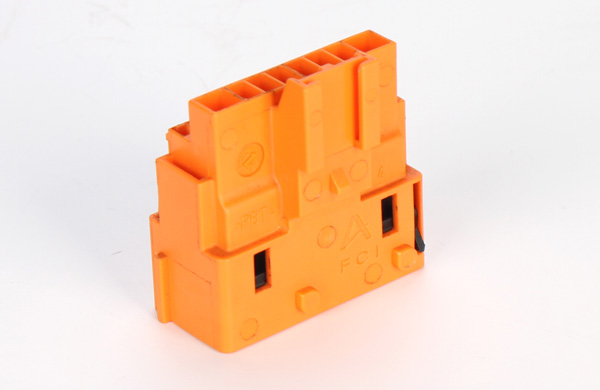In the process of injection molding, a subtle and barely noticeable line occasionally appears on the surface of plastic products—water marks, also known as weld lines. These hairline seams originate from the interface where molten plastic flows and merges within the injection mold cavity, hence they are vividly termed as flow marks. Unfortunately, the strength of these flow mark areas is often inferior to other parts of the product, posing a challenge to overall quality that urgently needs to be addressed through effective measures.
Exploring the Roots of Water Marks: Cause Analysis

From the Injection Mold Factory:
Temperature Factor: When the temperature of the molten plastic is insufficient or set too low, the plastic flowing into the mold cannot fully merge, leading to the formation of water marks. To tackle this issue, we can increase the temperature of the molten plastic, accelerate the injection speed, and raise the temperature of the injection mold to promote plastic merging, effectively mitigating or eliminating this defect.
Injection Point and Injection Speed: If adjusting the temperature fails to resolve the water mark problem and there are concerns about the product's performance, altering the position of the injection point or changing the injection speed becomes another strategy. Through careful layout, the flow mark can be directed to an area with less impact on the product's strength, thereby minimizing visual and structural adverse effects while maintaining product performance.
Mold Resistance Issue: Excessive flow resistance within the injection mold can obstruct the smooth flow of molten plastic, causing the first part to solidify early due to temperature drop and subsequently forming water marks. In this case, expanding the flow channel or injection point size of the injection mold to reduce flow resistance and promote uniform plastic filling is an effective solution.
In summary, although water marks in injection molding are troublesome, through precise temperature control, reasonable injection point design and injection speed adjustment, as well as mold structure optimization, we are fully capable of minimizing their impact, thereby ensuring the high quality and performance of plastic products. On the path to pursuing excellent manufacturing, every minor improvement is a key to success.